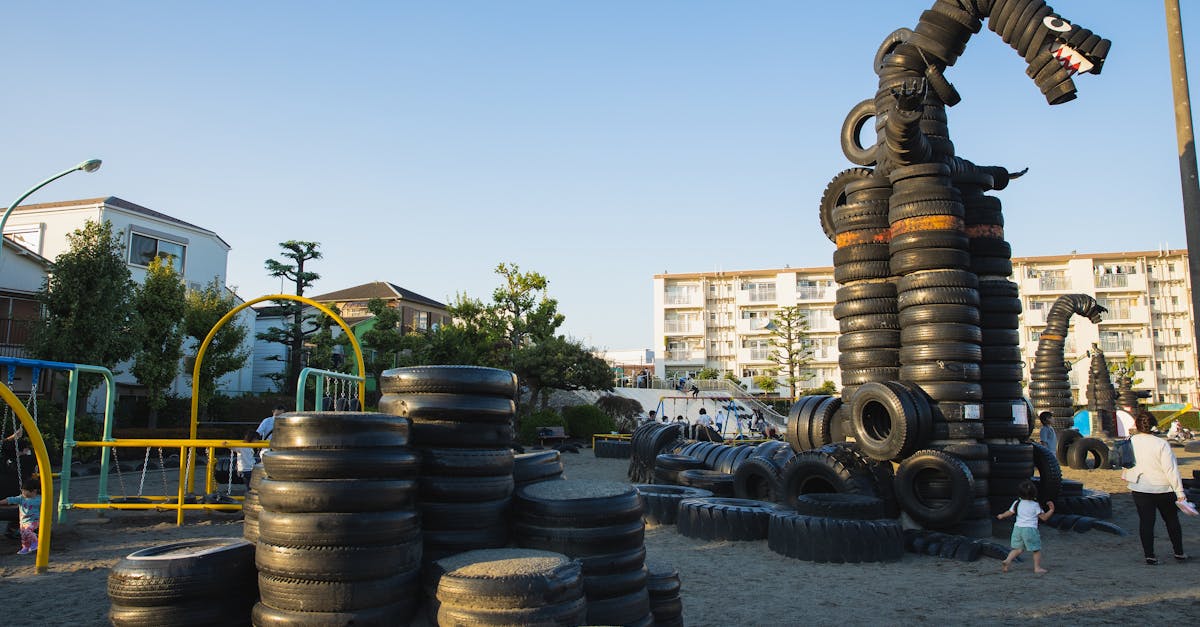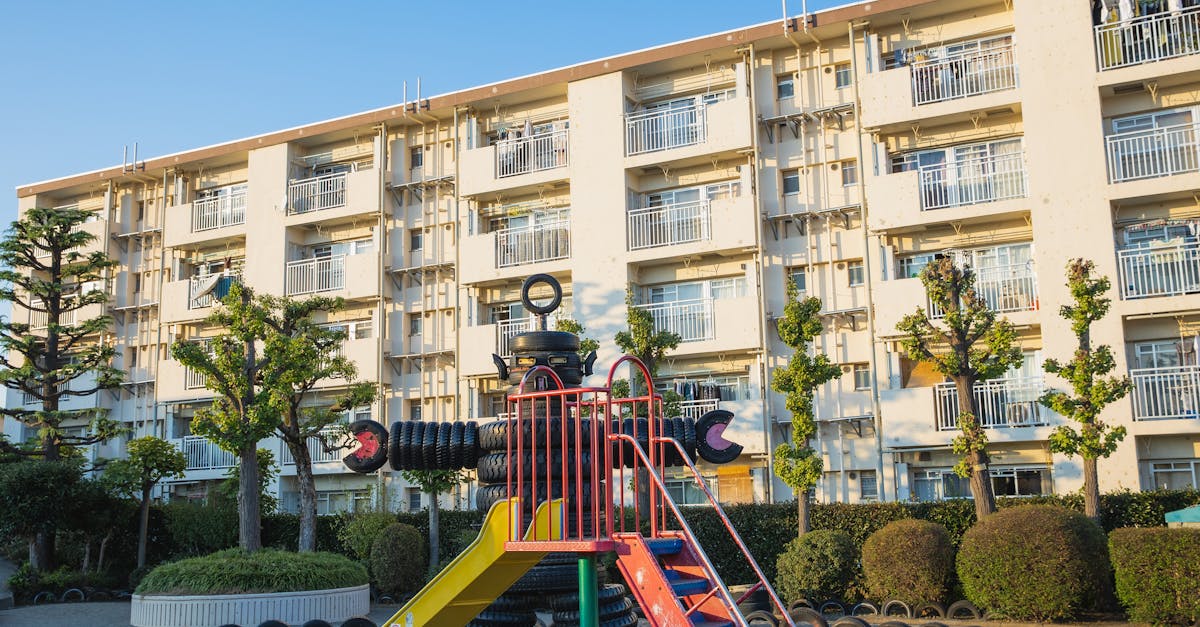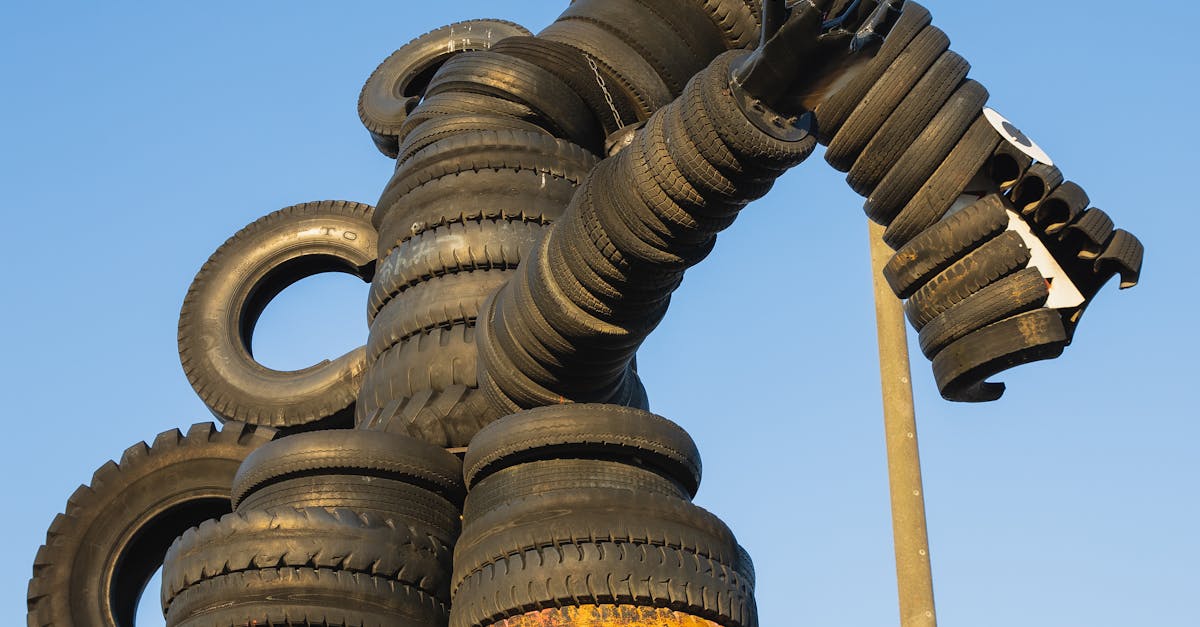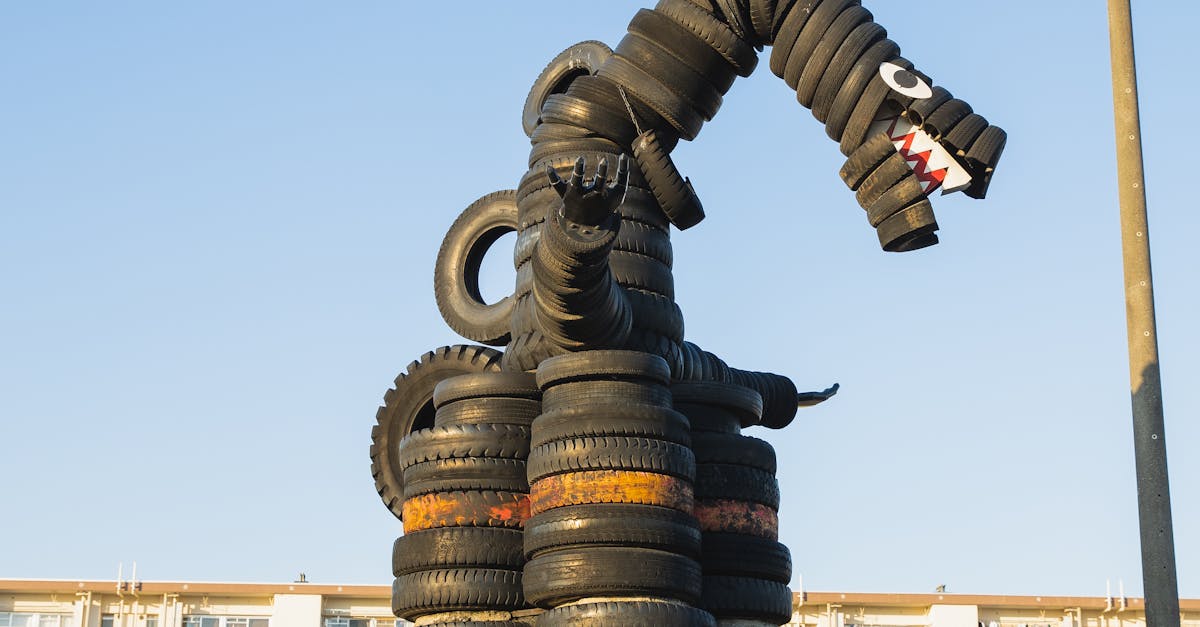
Table Of Contents
Preventing Future Branch Overgrowth
To prevent future branch overgrowth, it is essential to implement a regular pruning schedule for your trees. By trimming branches before they become too large or unruly, you can promote healthy growth and reduce the risk of potential hazards. Additionally, removing dead or diseased branches promptly can help prevent the spread of diseases or infestations throughout the tree. Proper disposal of tree clippings is crucial in this process, ensuring that they are appropriately managed through yard waste removal services to prevent any pest or disease contamination within the yard ecosystem.
Another effective way to prevent branch overgrowth is to consider hiring professional help for more complex pruning needs. Tree removal experts can assess the condition of your trees and provide guidance on which branches need to be trimmed or removed. Seeking assistance from professionals when necessary can ensure the longevity and health of your trees, as they have the expertise and tools needed to manage tree trimming safely and effectively. Yard waste removal must be handled thoughtfully and responsibly to maintain a clean and healthy outdoor environment.
Implementing regular pruning schedule
Regular pruning is essential for maintaining the health and aesthetics of your trees. By implementing a consistent pruning schedule, you can prevent overgrowth, reduce the risk of falling branches, and promote overall tree vigor. It is recommended to conduct pruning during the dormant season for most tree species to minimize stress and potential damage. When pruning, always use sharp, clean tools to make clean cuts that facilitate quicker healing. Proper disposal of the pruned branches is crucial for maintaining a tidy landscape – consider composting or utilizing yard waste removal services to ensure responsible disposal.
A routine pruning schedule not only enhances the appearance of your trees but also contributes to their long-term health and structural integrity. Regularly removing dead, diseased, or crossing branches can improve air circulation and sunlight exposure within the canopy, fostering optimal growth conditions. Additionally, consistent pruning encourages the development of a strong tree framework and can help mitigate the spread of pests and diseases. Remember to tailor your pruning approach to the specific needs of each tree species in your yard and seek guidance from arborists or tree care professionals when in doubt.
Hiring Professional Help
When it comes to dealing with overgrown tree branches that are unsafe or difficult to manage on your own, hiring professional help may be the best course of action. Tree removal experts have the necessary knowledge and tools to safely address the situation and ensure the job is done effectively. They can assess the state of the tree, determine the best way to handle the overgrown branches, and execute the task with precision. Additionally, these professionals can assist with disposing of the removed branches through yard waste removal services, leaving your property clean and uncluttered.
Seeking the assistance of tree removal experts becomes crucial when the branches pose a risk to your safety or property. Professionals are trained to handle potentially hazardous situations that may arise during the removal process, ensuring that the job is completed without incident. By entrusting this task to experienced individuals, you can have peace of mind knowing that the overgrown branches will be safely and efficiently removed from your property, with the added benefit of convenient yard waste removal services to leave your outdoor space tidy.
When to seek assistance from tree removal experts
When it comes to determining when to seek assistance from tree removal experts, it is essential to consider several key factors. One such factor is the size of the tree branches. If the branches are large in diameter or located near power lines, it is advisable to consult with professionals to ensure a safe and efficient removal process. Additionally, if the tree branches are causing structural damage to buildings or obstructing pathways, seeking help from experts is highly recommended to prevent further issues.
Moreover, when tree branches pose a risk to the safety of individuals or property, enlisting the services of tree removal experts becomes crucial. These professionals have the necessary expertise and equipment to handle potentially hazardous situations safely. Additionally, tree removal experts can assist with proper disposal of tree branches, ensuring compliance with local regulations regarding Yard Waste Removal.
Caring for the Tree after Pruning
Once the tree branches have been pruned, it is essential to properly care for the tree in order to promote healthy growth and prevent disease. After pruning, be sure to clear away any debris and branches left behind. Yard waste removal is crucial in preventing the spread of pests and diseases that might have been present on the pruned branches. By clearing away all debris, you are creating a clean environment for the tree to heal and grow.
In addition to yard waste removal, applying necessary treatments to the tree can help it recover and thrive after pruning. Consider using appropriate fertilizers or treatments to promote new growth and ensure the tree remains healthy. Proper care post-pruning is vital in maintaining the overall health and longevity of the tree, so be sure to monitor its progress and make any adjustments as needed to support its growth.
Applying necessary treatments to promote tree health
After trimming tree branches, it is crucial to apply necessary treatments to ensure the tree's health and prevent diseases or infestations. One common treatment is to seal the cut areas with a pruning sealer to protect them from water, pests, and diseases. Additionally, it is advisable to fertilize the tree to promote new growth and help it recover from the pruning process. Regular watering is also essential to maintain the tree's health and aid in the healing of trimmed branches. Furthermore, cleaning up any debris from the pruning process, including fallen branches and leaves, can prevent the spread of diseases and pests. Proper Yard Waste Removal is essential to keep the tree and surrounding area healthy and thriving.
Another crucial step in promoting tree health after pruning is to inspect the tree for any signs of stress or disease. This includes checking for discoloration, unusual growths, or pest infestations. If any issues are detected, it is important to address them promptly to prevent further damage to the tree. Additionally, applying a layer of mulch around the base of the tree can help retain moisture and regulate soil temperature, which is beneficial for the tree's overall health. Keeping a close eye on the tree's condition and providing it with the necessary care and treatments will ensure that it remains healthy and continues to flourish after pruning.
FAQS
How often should I prune my tree branches?
It is recommended to prune tree branches on a regular basis, typically once a year for most trees. However, some fast-growing trees may require more frequent pruning.
Can I remove tree branches myself or should I hire a professional?
While you can remove small, low-hanging branches yourself, it is advisable to hire a professional for larger branches or those located high up in the tree to ensure safety and proper technique.
What is the best time of year to prune tree branches?
The best time to prune tree branches is during the dormant season, typically in late winter or early spring before new growth appears. Avoid pruning during the fall as it can leave the tree vulnerable to winter damage.
How can I prevent tree branches from overgrowing in the future?
To prevent future branch overgrowth, implementing a regular pruning schedule is essential. This helps maintain the health and shape of the tree while reducing the risk of branches becoming too large or hazardous.
What should I do to care for the tree after pruning its branches?
After pruning tree branches, it is important to apply necessary treatments to promote tree health. This may include using pruning sealant on larger cuts, applying fertilizer, or ensuring proper watering to support the tree's recovery.



